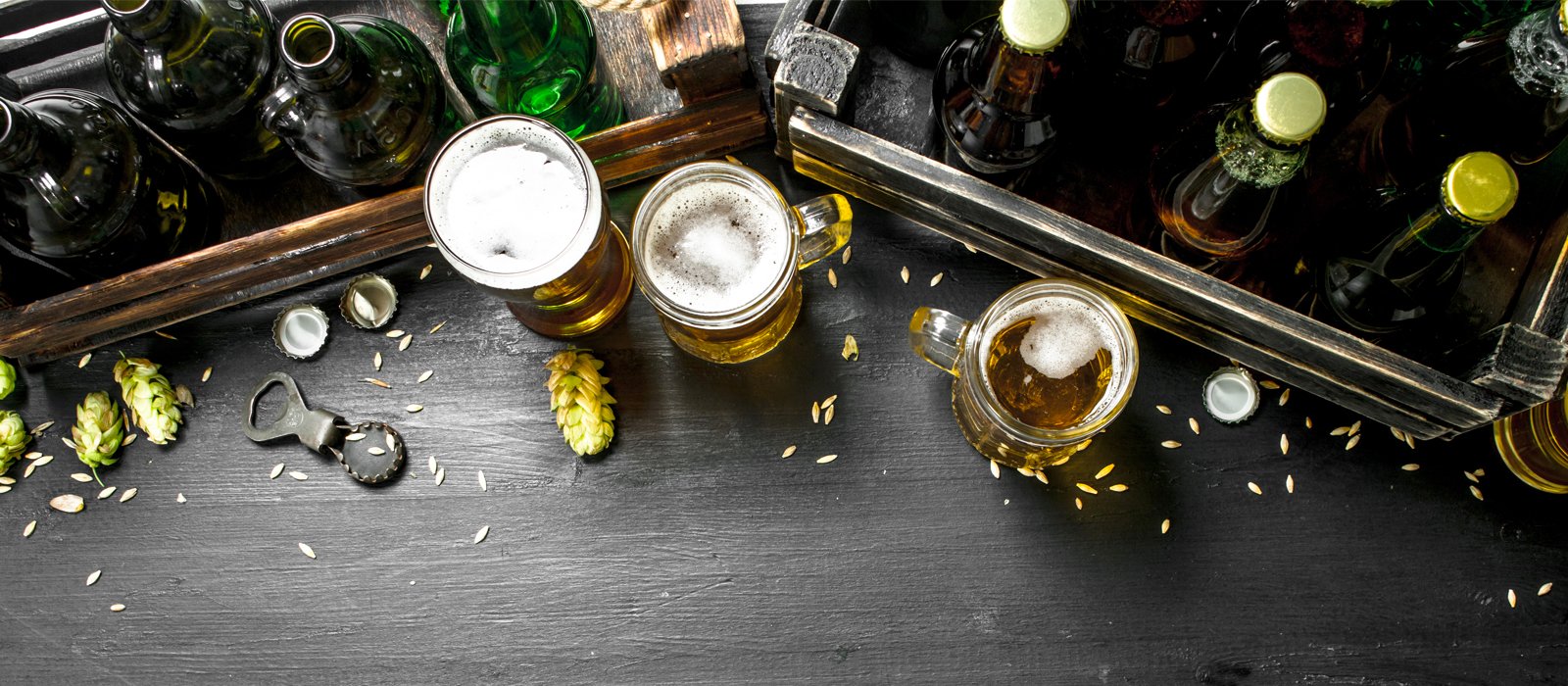There is a lot more to wine than just alcohol. Read on and learn how history, culture, agriculture, geology, and genetics affect your favourite bottle of wine.
There are a lot of alcohols available out there, but wine might be the most misunderstood. But wine also has a very fascinating history. Its wonderful taste, nutritious properties, and its psychotropic effects are what make it so irresistible to wine drinkers. The wine trade between cultures opened up various channels that enable religious and philosophical ideas to spread across Europe. It has also been frequently mentioned in the Bible and to this day, is used in the Catholic Church as a substitute for the blood of Christ. Nobody is sure when wine was created, but an ancient Persian fable recognizes a woman to be the first discoverer of wine. The authenticity of the tale is questionable, but the element of truth in the fable is that wine owes the credit for its invention to sheer, dumb luck. The first sign of wine can be traced back to some 60-million-year-old fossils and carbon dating has confirmed that the earliest remnants of wine belong from sometime between 5400-5000 B.C. And it is thought that the art of winemaking originated sometime after 6000 B.C. The Greeks, Romans, and Egyptians have had their love affairs with wine which is what made wine so popular in the current age. Did you know, centuries ago people used to drink wine instead of water to quench their thirst as water wasn’t always clean and the natural fermentation of wine killed germs? Read on to learn a little more about your favourite drink.

In moderate amounts, wine can be good for health.
Some benefits of drinking wine:
There is a fine line between moderate and excessive. Overconsumption is obviously harmful, but if you drink it in moderate amounts, wine is actually very beneficial for your health. Red wines are rich in antioxidants and are also known to lower bad cholesterol in your system, as well as keep your heart healthy. Wine can also help treat the common cold and keeps memory sharp. It is also known to reduce the risk of certain types of cancer and regulates blood sugar as well.

Keep in mind the proper etiquette while drinking wine.
Things to never do while drinking wine
There are a few things you should never do when drinking wine. Here are a few of them:
1. Never add ice to wine; unless you wish to sip on acid water that is! Wine already has 85% water content, just cool it down to the right temperature instead of adding more water in the form of ice cubes.
2. Don’t over-swirl your wine. Excessive swirling of your wine seems snobbish and just makes your wine aromas evaporate faster.
3. Serve wine at the right temperature; don’t serve your whites too cold or your reds too hot.
4. Never hold the wine glass by its bowl, the correct way is to hold it by its stem.

Store your wine bottles at the correct temperature.
Correct temperature to serve wine
You might have heard this many times, that wine should be served at room temperatures. But when you reside in a country like India, it is difficult to drink wine at room temperature as the room temperatures here reach 32? on an average day. So, if you’re wondering what the correct temperatures are for serving various wines, we’ll simplify it for you. Your sherries are supposed to be served at 45°-57°F/7°-14?. The correct temperature for champagnes is 46°-50°F/8°-10°C. Fresh white wines should be served at 47°-53°F/8°-12? and Rosés should be served at 47°-55°F/8-13?. The easiest way to do this is to store the wines ate their correct temperatures. And one way to do that is by investing in a good wine cabinet, the shelves have different temperatures that make it easy to store the wines at the required temperatures.

Preserve your open wine bottles properly.
3 Ways to preserve your open wine bottle
Once your wine bottle is open, the race against time has started for you! The moment your wine bottle opens, the wine in it begins to lose its aromas and flavours. The single biggest enemy of wine is oxygen and has the power to turn your wine to vinegar if you leave it unattended. So, to if you wish to save your wine, here are 3 ways you can keep it fresh for longer by slowing down the oxidation process:
1. Invest in a vacuum pump. The pump will suck the air out of the bottle and stops oxygen from coming in contact with the wine.
2. Store your wine bottle in a cold and dark place, it slows down the oxidisation. Re-cork your bottle and place it in the fridge.
3. Re-cork the wine bottle with the original cork. This is the simplest way, especially if you have a screw cap wine bottle. Or, you could also buy a bottle stopper. It is very easily available and having a few of these around is truly very handy.
Different types of wines have different rates of aging, so keep it in mind. Sparkling and light red wines last only one to three days after opening and full-bodies white wines last two to three days if re-corked. Light whites and full-bodies reds can last up to five days after opening.








